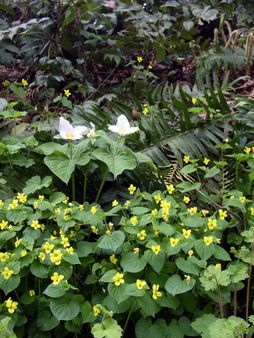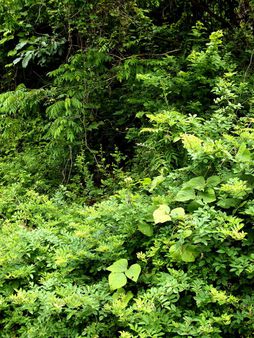What is a rain garden or bioretention basin?
The rain garden or bioretention pond is a shallow area in the landscape, designed to collect stormwater and drain it by recharging the ground. The concept of bioretention was originally developed for parking lots. The rain garden is a noteworthy solution for managing stormwater and recharging ground reserves while creating an aesthetic element
Designing a rain garden
Rain gardens operate best when they are in multiple configurations rather that a large single basin. Larger rain gardens show slower drainage and tend to show flooding quickly. The size of the rain garden depends on the area which it drains which is usually up to an acre. Rain gardens should be able to collect the designated volume of storm water and drain the excess to storm sewers.
The rain garden should be sized such that the ponding depth is about 6 inches and the pond can drain within three days so as to prevent insects from breeding. Percolation should be enabled by using permeable soils wherein the clayey content is less than 10%. Soils with pH between 5.5 and 6.5 maximise absorption of pollutants as they allow infiltration of water.
Recommended plant cover
Native species of plants should be used since they require little or no maintenance and do not make additional demands on water needed for irrigation. The vegetative cover proposed in the rain garden should simulate a forest community. The plantation should be layered to include canopy trees, understory trees, shrubs and ground cover. Mulching is also recommended to aid drainage.
Role in hydrology
Rain gardens help manage stormwater of a site, thus controlling run-off volumes which can cause urban flooding. The rain garden also recognises stormwater as a resource and traps it to recharge the ground water reserves. The selected soils and plant cover in the rain garden trap pollutants and filter the water as it enters the ground reserves. A well-designed rain garden is a landscape element which serves both functional and aesthetic roles while playing a crucial part in the hydrology of the site.


